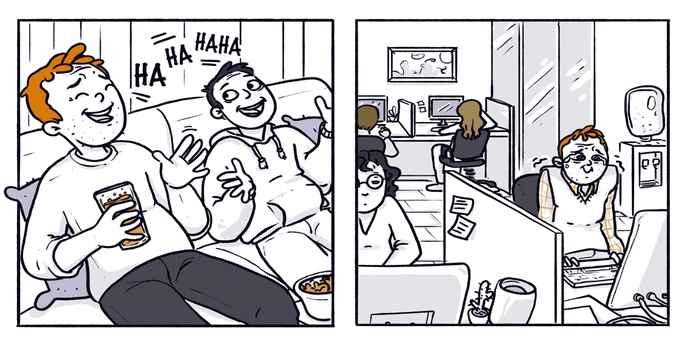New Paper: Understanding Social Norms for Nonverbal Vocalisations Across Cultures
10 September 2024

Nonverbal vocalisations are a fundamental part of human communication, yet little has been known about the social rules dictating when and where these sounds are considered acceptable. A recently published study by Roza G. Kamiloğlu with Kunalan Manokara, Joshua M. Tybur, and Disa A. Sauter aimed to address this gap, exploring the social norms surrounding vocalisations like laughter, sighs, groans, and cries.
The study, conducted in two phases, began with an investigation of U.S. participants' perceptions of nonverbal vocalisations. The findings revealed that certain vocalisations, such as laughter and sighs, are more widely accepted in social settings, while sounds like roars and moans are often deemed inappropriate, especially in public or among less familiar company. Context was found to play a crucial role, with private settings and close relationships allowing for more expressive freedom.
In the second phase, the research was extended across four culturally distinct countries: the U.S., Türkiye, China, and the Netherlands. Despite cultural differences, the study found significant cross-cultural consistency in how people judge the appropriateness of vocalisations. However, subtle variations also emerged, reflecting each culture's unique social norms.
The research expands our understanding of emotional communication by highlighting that social norms around expression are not limited to facial expressions but extend to nonverbal sounds. The findings have important implications for how we interpret vocal cues and navigate social interactions across different cultural contexts.